If you love rural Bengal and curiosity for literary luminary, Sarat Chandra Chattopadhyay, then never miss an opportunity to visit Deulti.
Deulti is a small town in natural surroundings with a mighty Rupnarayan river flowing through the city’s outskirts. It falls on the South Eastern railway route in the Howrah district of West Bengal.
It is also home to Sharad Chandra Chattopadhyay. Therefore, the “Sharad Kutir” holds a great attraction to this place.
Journey to Deulti begins
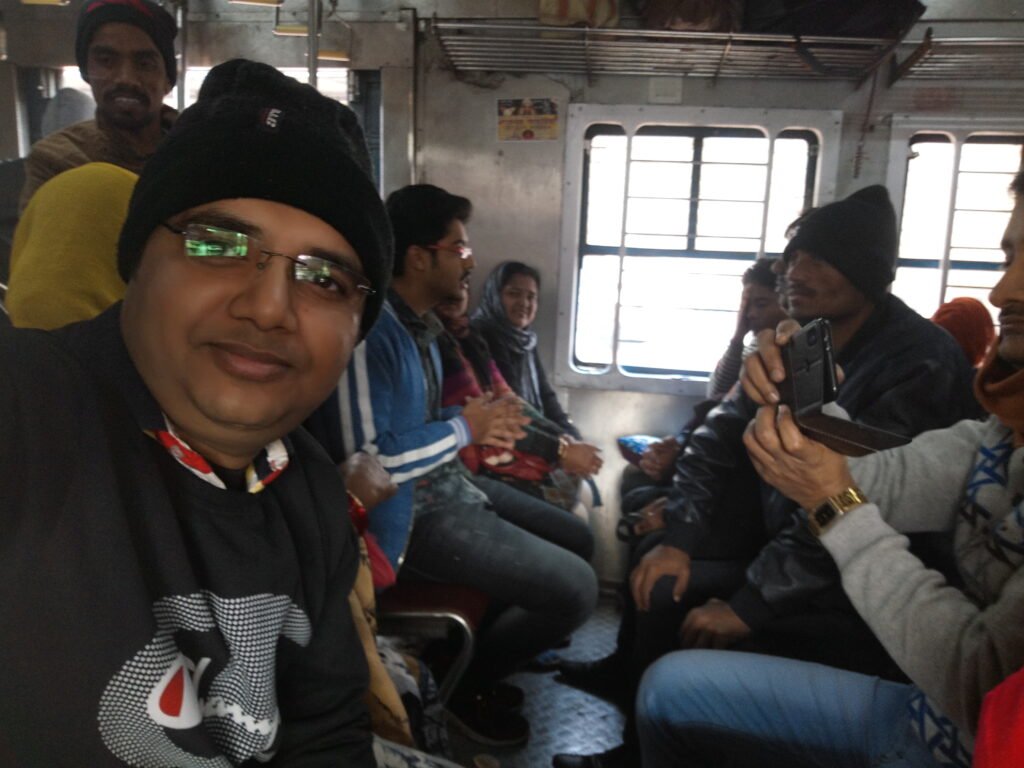
Two years ago, on one early cold morning of January, when’ Corona’ & ‘Lockdown’ was unheard of, I joined my office colleagues at Howrah station to catch a Kharagpur-bound local train to take us to Deulti. We got out of the train as it rolled into Deulti station around 7.00 morning.
After crossing the overbridge, we came out of the station. Scores of rickshaw pullers, Toto, Pedal Van pullers (in local parlance ‘Vano) were touting for passengers. But we chose Vano because we wanted to enjoy riding the roofless Vano under the open sky.
Vano could be described as “A Platform on wheal” in jest. As our Vano started moving, the biting, frigid cold air kept lashing our faces. But then there was an air of joviality, too, in the company of my lovely colleagues. While we traveled along the bumpy road, we enjoyed seeing the village and the faces of rural folk beaming with innocence.
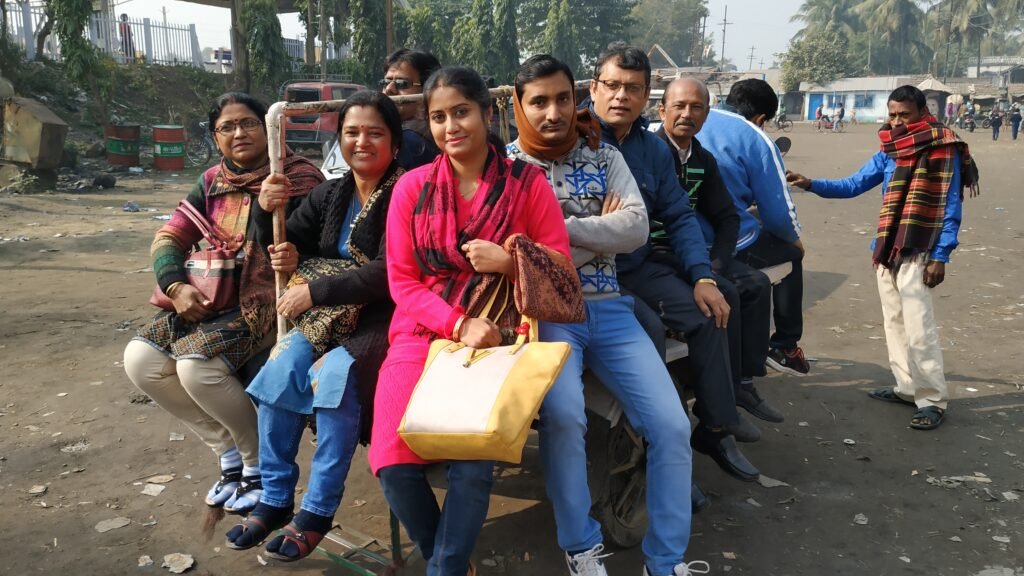
Visit ‘NIRALA’
The ‘Vano dropped us at a resort named Nirala. The resort is beautifully decorated everywhere. It has a lush green lawn with seasonal flowers and a well-maintained pond. It spreads over large acres of land with a charming outlook.
We took a stroll around the resort. There was eye-catching vegetation with colorful butterflies fluttering over it, making the sight so impressive that the word fell short of describing it.
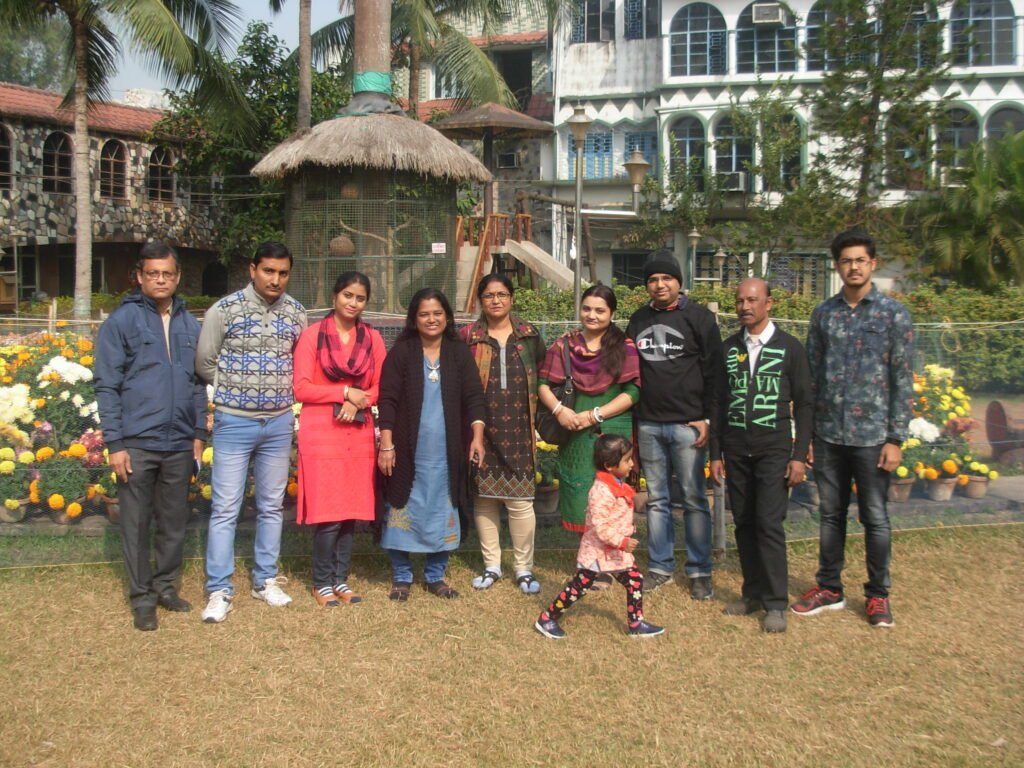
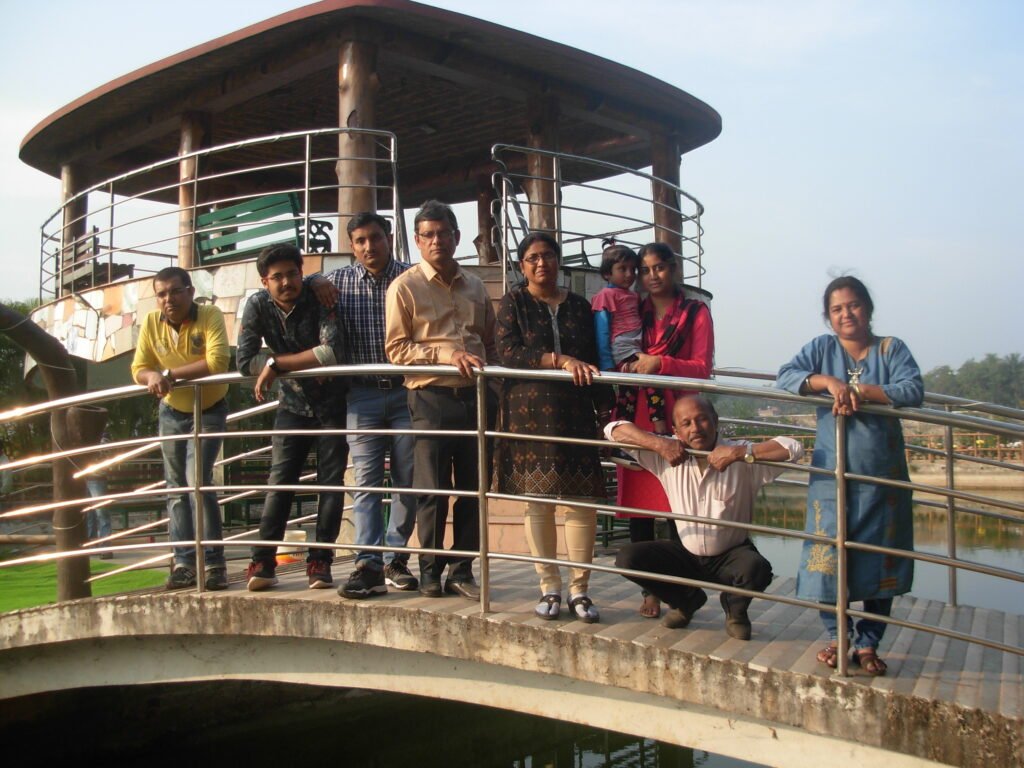
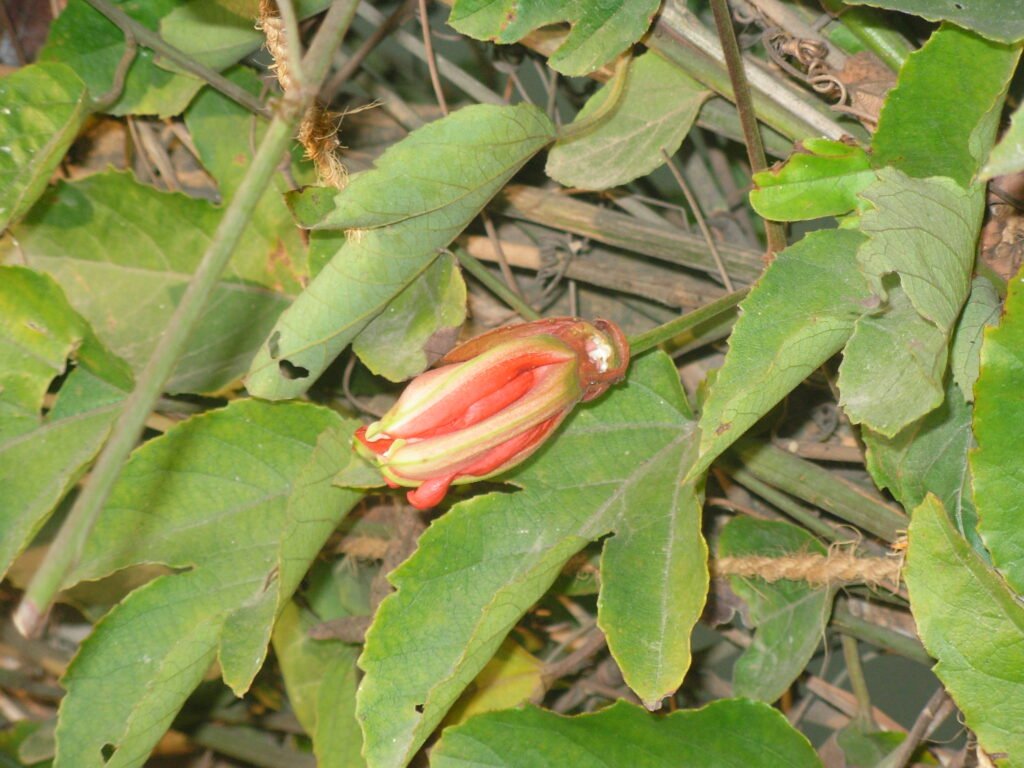
Since the visit is more than two years old, I can remember that the resort provided us with breakfast, lunch, and evening coffee. But unfortunately, Pakora was skipped off, no idea why.
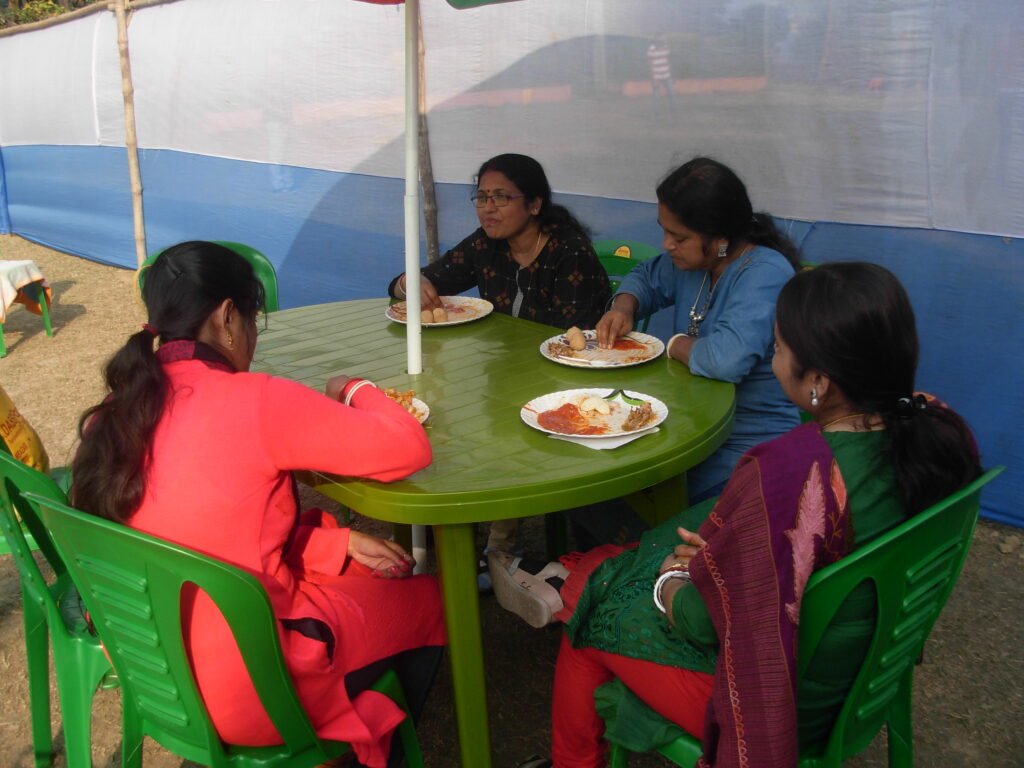
Visit to Sharad Kutir
After breakfast, we proceeded for ‘Sarat Kutir,’ only 2 kilometers away from Nirala resort.

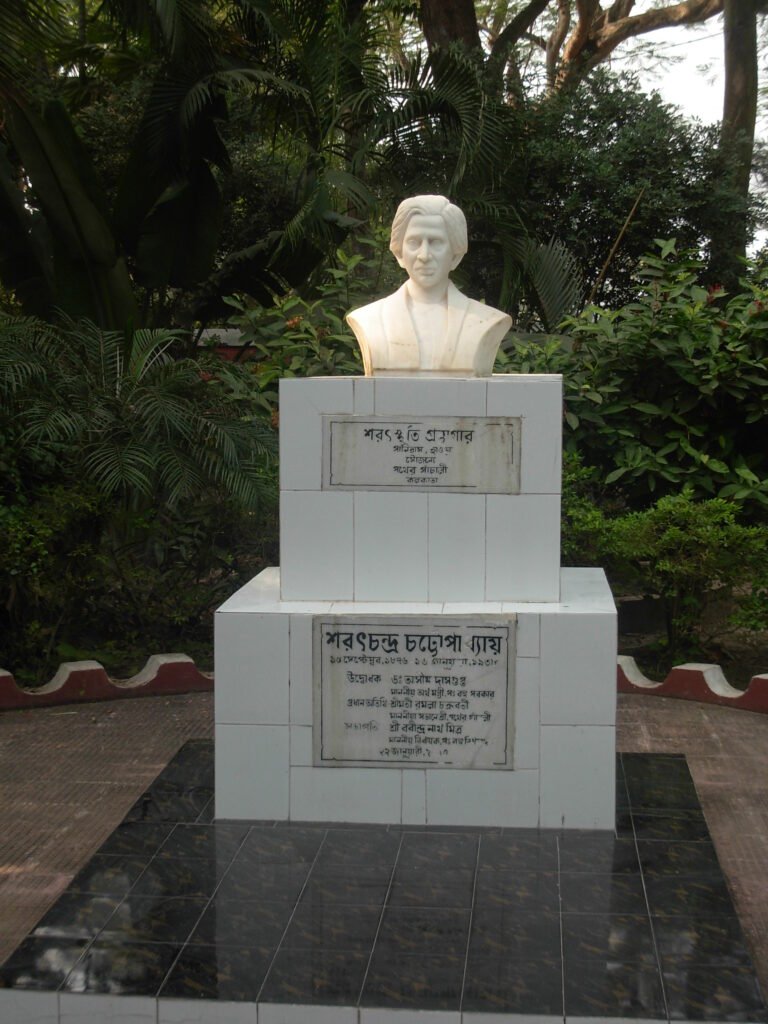

Literature and Sharad Kutir

As we entered through the main gate of Sharad Kutir, we found a stoned marble bust of Sarat Chandra Chattopadhyay. Moreover, there is a dead guava tree on the left side of the house. And to its nearness, there is a pond. Both these items featured in the novel ‘Ramer Sumati’ penned by the writer when he resided in Sharad Kutir from 1924 to 1936.
Ramer Sumati reflects motherly love for a 13-year teenaged naughty brother-in-law (Dewar in Bengali) ‘Ramlal’ by his elder brother-wife ‘Narayani’ (Boudi in Bengali). In the novel, Ramlal eats guava by climbing on a Guava tree and teasing Digambari, the’ mother of Narayani.’ He was eventually spotted by Narayani, who rebuked him in a motherly tone for the mischief.
Likewise, Ramlal tamed two big fish in the pond, Rohu, and Catla. Ramlal named them Ganesh and Kartik. He was fond of them. However, one day, one of the fish was netted while angling for a feast for 12 Brahmans (brahman bhoj in Bengali) in memory of the late father of Digambari, following Hindu rituals. When Ram came to know, he became furious and confined himself to his room without food.
Apart from Ramer Sumati, Sarat Chandra Chattopadhyay, while living here, wrote novels like Devdas, Baikunther Will, Dena Paona, Datta, Nishkriti, Biproti, Mahesh, etc. informed Dulal Chandra Manna, ‘the present caretaker’ of Sharad Kutir. He also readily agreed to take us around the building and explain.
Sharad Kutir’s antiques/archives, activities, background, and author’s connectivity to Deulti:
The house has been renovated, and now the house has attained national heritage status.
Sharad Kutir was also a hub for revolutionary activities in the days of the freedom movement. The house was a refuge for revolutionaries. National leaders like Netaji’ Subhash Chandra Bose, CR Das, ‘Bagha Jatin, and many others frequented here. “There was a small secret door at the back of the house through which revolutionaries sneaked out to give slips to the police during raids,” said Manna.

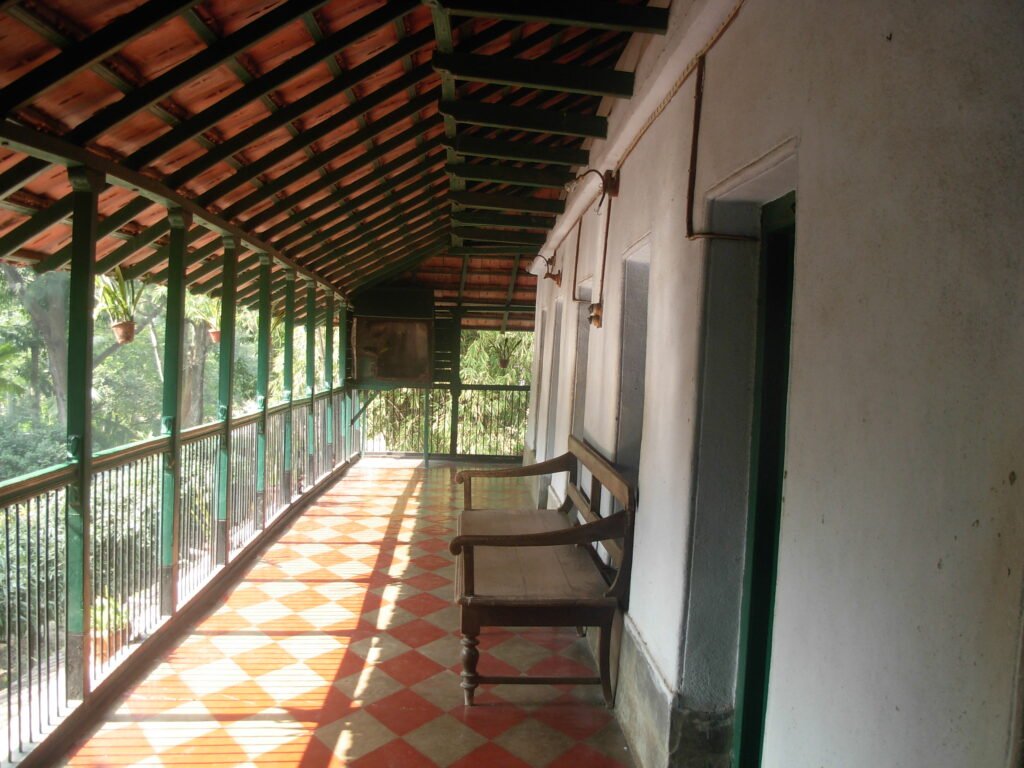
After his education at his maternal uncle’s place in Bhagalpur, Sarat Chandra left for Rangoon for a government job of clerk in Burma railways. While on the job at Rangoon, he entered into a wedlock with Shanta Devi, ‘ his first wife.’ The couple also had a son. But, unfortunately, the mother-son died of the plague in Rangoon itself. “He came back to India after spending 13 years in Rangoon. After his return, he initially resided on rent in ‘Bajay Sibpur Howrah for 11 years. But his connectivity grew with Deulti because his sister Anila Devi’s matrimonial home was in Deulti (village Samata),” said Manna.
According to a source on Wikipedia, he bought the plot in 1919 and constructed the house in 1923. “ Burma’s style had an influence over him, as you could see this house was designed in the Burma style with a long veranda circling the entire house and the roof is terracotta tiled, a typical characteristic of a Burmese house.” claimed Manna. All the furniture showed us around the building is of Burma teak wood.

Manna showed us various daily need items used by the author, like the author’s writing table, cupboard, star-shaped coat hanger, wooden trunk, Belgium glassed dressing table, candle stand, Lantern. The rich wealth of Sarad’s literature was nicely stacked in a teak wood ‘almirah.

A Japanese wall clock that still works is also well preserved. In the reading room facing ‘Rupnarayanh river, a photograph of the author’s second wife, Hironmoyi Devi, is also kept.
There was a marbled idol of Radha and Krishna in the deity room, which was said to be given by ‘Deshbandhu’ Chittaranjan Das. “CR Das had tasked the author with performing the ‘Puja in his absence, and this tradition is still being continued,” informed Manna. In the other half of the deity room, the author gave free homeopathy treatment to the poor section of society.
Pointing out to a Charkha which the writer used to spin, Manna said the writer was also president of the Indian National Congress wing of Howrah district. Charkha was then an emblem of the Indian National Congress.
In adjacent to the compound wall of the house, there are three memorials to the author, his second wife ‘Hironmoy Debi, and his brother Swami Vedananda, who was a disciple of Belur Muth. Swami Vedananda’s actual name was Prabhash. Sarat Chandra died of Liver cancer on 16.1.38 at Dr. Sudhir Chatterjee’s Park nursing home, Kolkata, Manna stated.

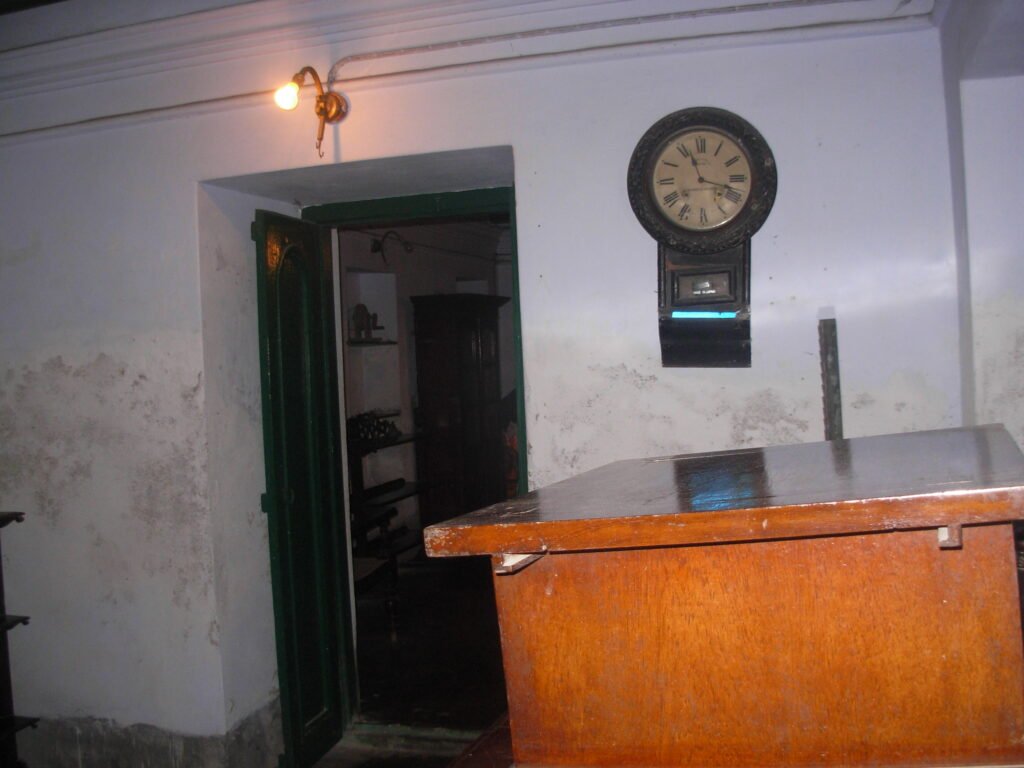
Conclusion
The museum usually remains open from10 AM to 5 PM with a lunch break of one hour from 1 PM to 2 PM. and again from 3-30 PM to 5.00 PM. The museum provides an insight into various known and unknown facets of the author’s life.
We also spent some time on the river bank, having a charming glimpse of the river Rupnarayan.
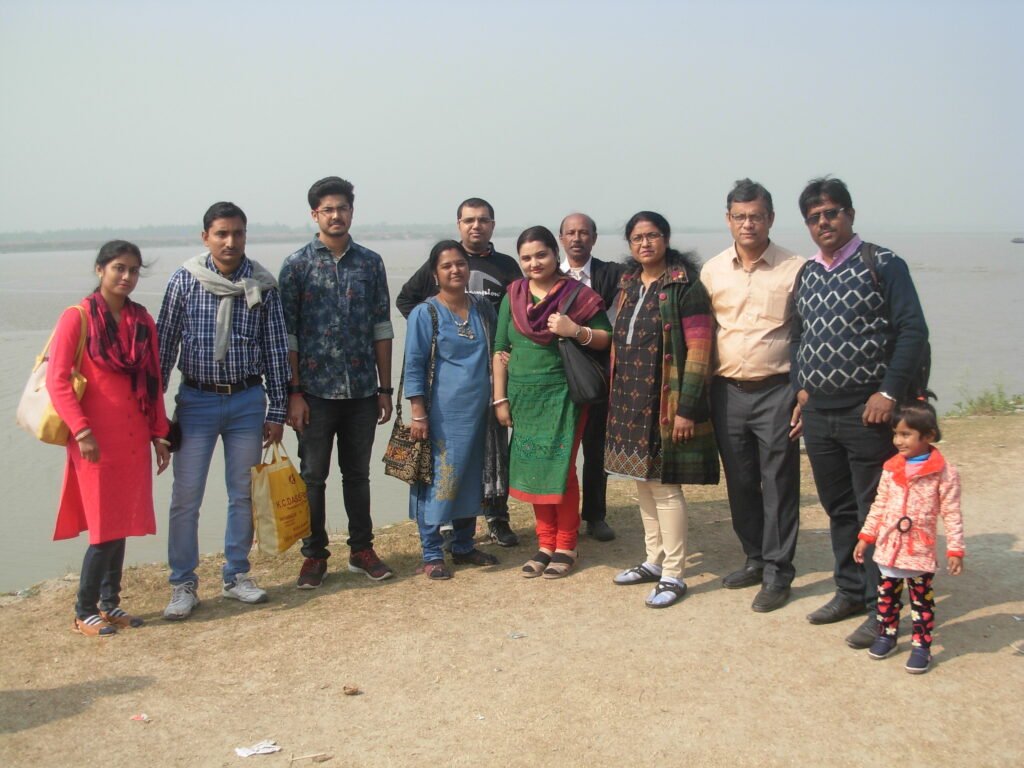
We all rejoiced in the visit
Deulti is a beautiful destination for a weekend chill out from the dreary humdrum of routine life.














































